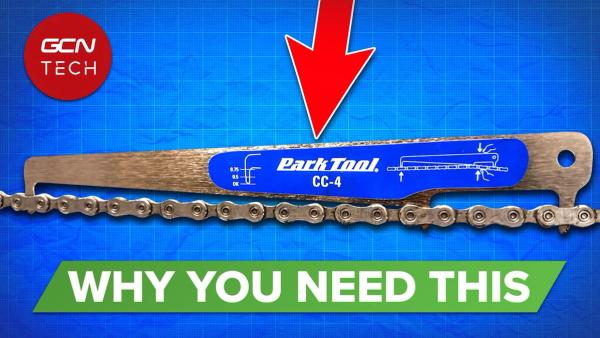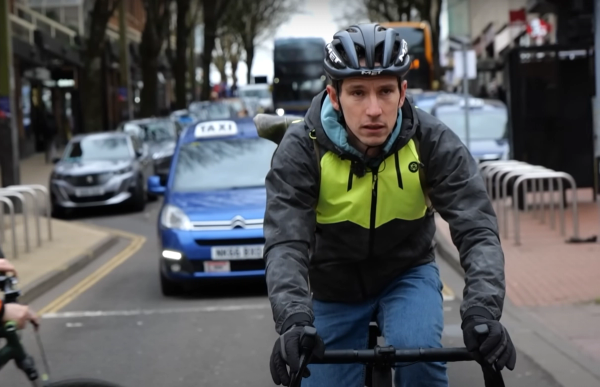Are you getting the most out of your bike's gears?
Conor Dunne and Manon Lloyd show you how to understand and use the gears on your bike most effectively for a better ride experience
Alex Hunt
Junior Tech Writer
When getting started in cycling there is a lot to think about, from getting used to being on the road with other traffic, to controlling a bike at higher speeds and cornering. One skill that quickly gets overlooked in this process is understanding how best to change gears.
Even once you've got to grips with the basics the question remains: are you really getting the most out of your gears or is there a better way to use them? This is exactly what Conor Dunne and Manon Lloyd seek to find out.
Read more: Five basic cycling skills for beginners
The basics
If you are new to cycling, just riding along can take a lot of focus, so working out how to navigate between your front and rear gears can prove difficult on the move. You can make things easier for yourself by learning how your gears work, so you understand what’s going on when you push the levers.
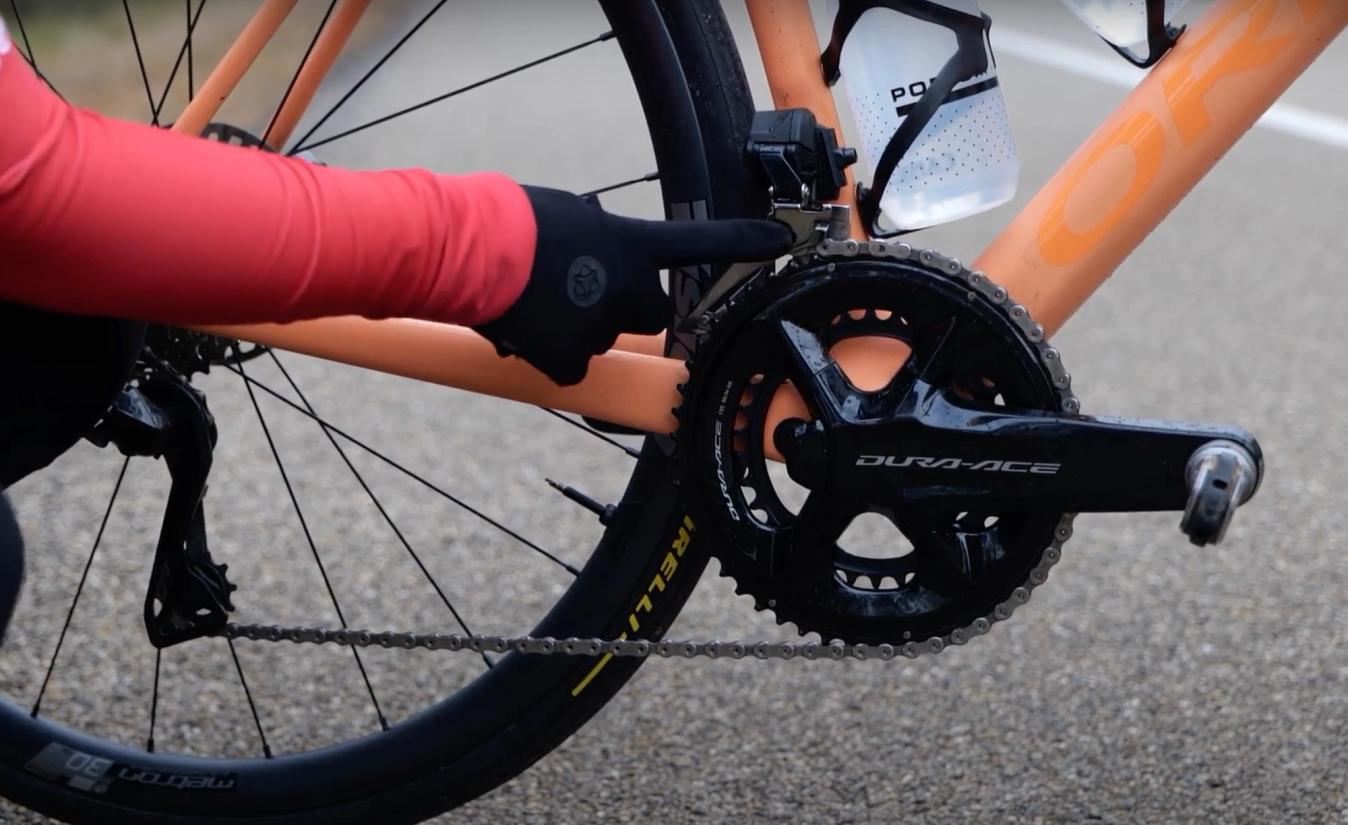
© GCN
The front gears are referred to as the big and small rings and the block of gears at the is called the cassette
For most bikes, you have shifters on both sides of the handlebars. For all groupsets aside from SRAM’s wireless versions (you’ll know if you have these as you will need to remove small batteries from the derailleurs to charge them from time to time) the shifter on the right of the bike will change the gears on the back wheel of the bike and the shifter on the left will change the gears at the front.
The front gears are often referred to as the big ring and the small or inner ring. The names for these simply correspond to the size of the chainrings. If you are riding a gravel bike or even some road bikes you might find that you only have one ring at the front. This is referred to as a one-by or 1x configuration and removes the need to worry about front gears altogether.
An easy way to remember how gears work is that the closer the chain is to the bike, the easier the gear. This is true for both the front and rear gears. If the chain is close to the spokes of the rear wheel or close to the seat tube it will be easier to pedal. The further away from the bike the chain moves the harder the gear will be, meaning that you can ride faster in these gears.
What do all the numbers mean?
Even though your bike might have 24 gears, when cyclists talk about the drivetrain on a bike, they usually refer to the number of cogs on the rear wheel alone. On modern road, gravel and mountain bikes, the chances are it will be a 12-speed, meaning the bike will have 12 cogs on the cassette on the rear wheel. In combination with the two chainrings at the front, that gives 24 gear combinations.
Read more: Can easier gears actually help you ride faster?
In a conversation with a mechanic or bike geek, you might also find yourself getting bombarded with other numbers to do with gearing. The main two combinations you’ll face are two numbers separated with a dash, like ‘11–30’ or two numbers separated with a forward slash like ‘53/39’.
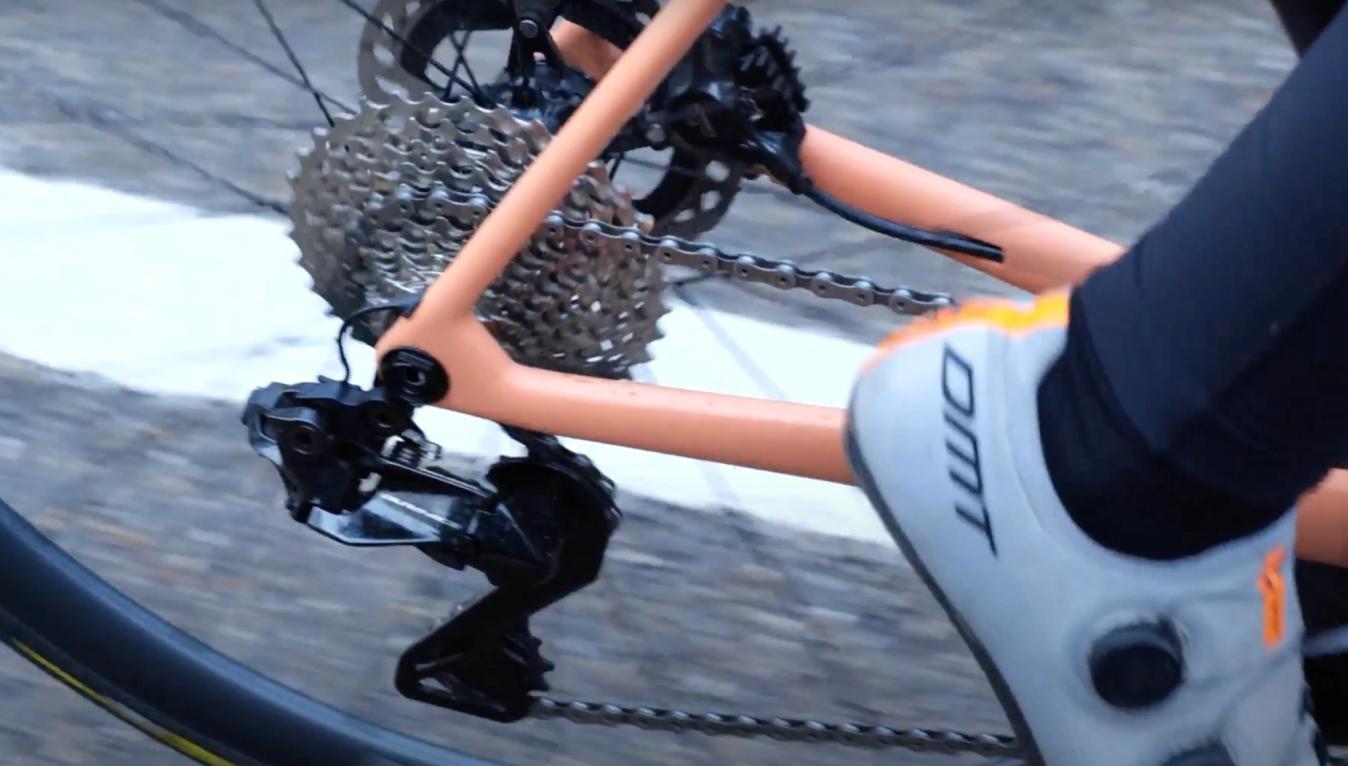
© GCN
An 11-30 cassette means that the smallest cog is made up of 11 teeth and the biggest cog has 30 teeth
Two numbers separated by a dash (like 11–30) describe the spread of a cassette. 11–30 means that the smallest cog has 11 teeth and the biggest has 30. The smaller the first number, the faster the top gear, and the bigger the second number, the easier the bottom gear will be for riding up hills.
When it comes to numbers like 53/39, separated by a forward slash, these describe the front chainring sizes. The first number is the size of the big ring and the second number is the size of the inner ring. With the front chainrings, the relationship between the number of teeth and the size of the gear is the opposite to the cassette. That means that the smaller the number, the easier the gear, and the bigger the number, the harder the gear.
How to best use your gears
Unfortunately, there is no one-size-fits-all approach to using gears. It is not as simple as being in a certain gear on the flat or switching between the front chainrings at specific speeds. The way we use gears is largely dependent on our strength and fitness as well as our preferred riding styles.
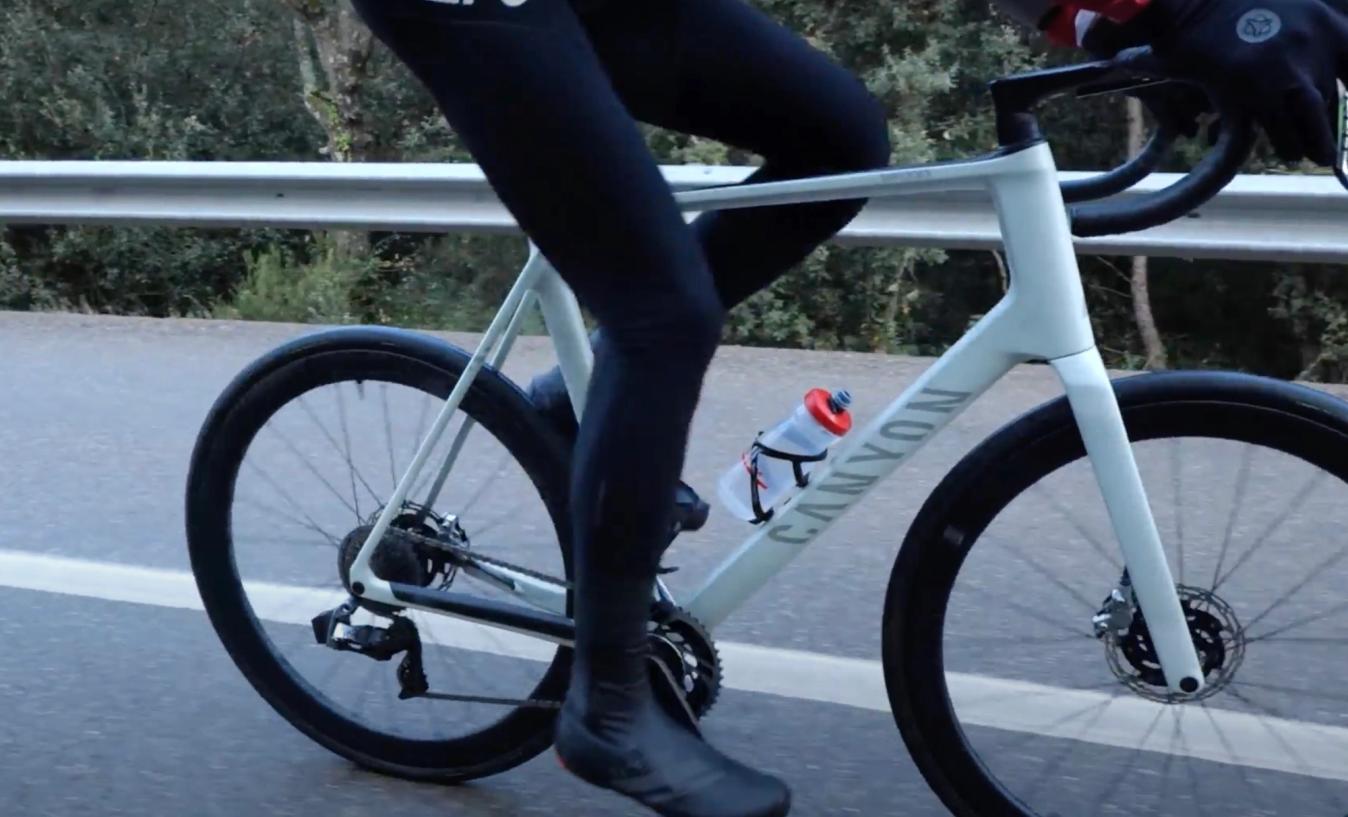
© GCN
Using the gears to keep your legs turning at your preferred cadence will see you changing gears a lot
If you are the type of rider that likes to push a big gear and ride at a slower cadence (cadence being the speed you turn the pedals, measured in revolutions per minute or rpm) the likelihood is you will prefer to stay in the smaller cogs on the cassette and use the bigger chainring most of the time. If, however, you prefer to spin and use a higher cadence you will naturally find yourself using smaller gears to ride at the same speed.
Whilst gearing choices will differ from person to person, there is a recommended cadence that you should adhere to. Just how broad this range can be is open to discussion but anywhere from 75-100rpm is typically a good ballpark to aim for. Between this range, you will share the load between your muscles and cardiovascular system, and you won’t put too much strain on your drivetrain or your knees.
Read more: Cycling training for beginners: top tips for getting started
Riding at cadences of 70rpm or lower means that you will put more strain on the chain, chainrings and cassette than you would at 100rpm. In the short term, this will mean that changing gear can feel laboured and clunky but in the long term this can cause excessive and premature wear on your drivetrain meaning that parts will need to be replaced more often.
Anticipate changing gears
Changing gears is something of an art. Get it right and the bike will effortlessly change, rewarding you with the gear you need with no issues at all. Get it wrong however and you will be met with the horrible sound of clunking gears, slipping chains and potentially even a dropped chain.
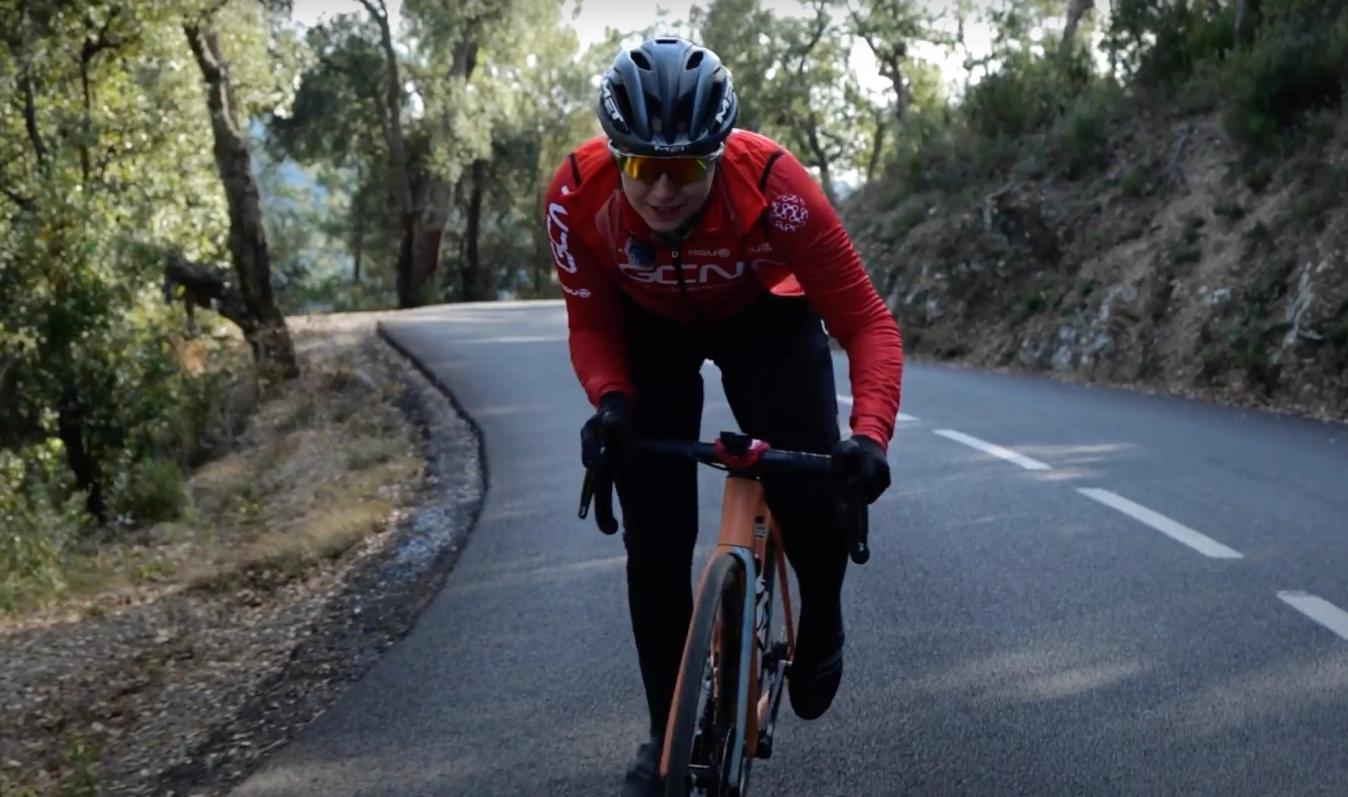
© GCN
On the approach to a climb get yourself ready by dropping down through the gears ahead of time so that you aren't caught grinding your way up
Looking ahead by a few seconds will give you time to plan for what is coming up. If you need to slow down to a stop, it will give you a chance to drop through the gears so that you are in a good gear to get going again.
This becomes even more important when approaching a steep punchy climb as you are likely going to be pushing on the pedals quite hard. Backing off just a touch on the approach and getting yourself into roughly the right gear for the gradient is a far better way of shifting than trying to do it when you are on the climb itself.
Try changing gears more often
Changing gears more frequently can really elevate your riding style. It can be all too easy to settle into a particular gear and then let your legs take the load with your cadence fluctuating in order to compensate. It’s far better to change gear preemptively and keep your cadence consistent.
Roads are seldom perfectly flat, nor are climbs a consistent gradient meaning you should be changing gears regularly to adjust to these small changes.
Read more: How to ride steep climbs on a road bike
That being said, it is just as important not to overthink it and get too focused on trying to find the right gear. Sometimes you will find yourself in between two and you will have to choose to either push a harder gear or spin a bit faster.
Smooth gear changes
This is something that can take a while to get a feel for but once you do, changing gear will be buttery smooth and silent. As you get ready to shift gears, back off the power just as the gears are about to change. It only has to be momentary but it will relieve the pressure on the chain.
This is even more important when changing to an easier gear on the cassette or a harder gear on the front chainring, because to do so, the chain has to move up onto the bigger cog.
Avoid cross-chaining
Cross-chaining is when you ride in gears that don’t line up with each other nicely, meaning your chain has to bend to connect the chainring and the cassette. If you only have one chainring in the front, this isn’t something you need to worry about. If you find yourself in the big chainring at the front but also in the biggest cog at the back, or the small chainring at the front and the small sprocket at the back, you will put a lot of extra stress on your chain, causing it to wear out faster and lose efficiency.
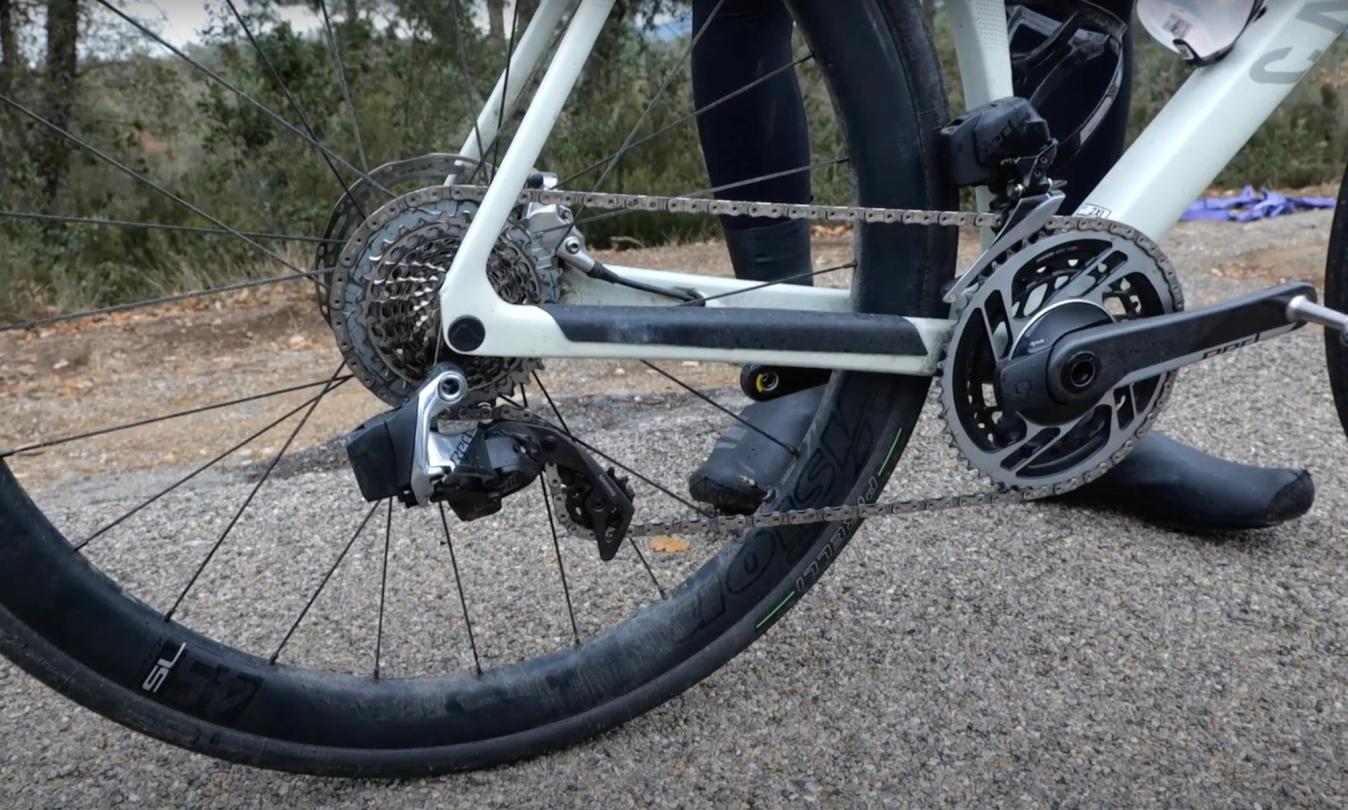
© GCN
Cross-chaining is when the chain is in the two most diagonally opposing gears
If your bike has electronic gears, it’s likely that the software will automatically stop you from doing this, but for everyone else, cross-chaining is something to be aware of. Make sure that when you are towards the extremes of the cassette’s range you move into the corresponding chainring. It will keep the angle of the chain straight, which is more efficient and better for the longevity of your drivetrain.
Read more: How much slower is cross-chaining and how can I avoid it?
Nailing all these tips out on the road takes time. If you want to boost your confidence changing gear, or try some of the techniques we’ve mentioned here, consider riding somewhere like a closed car park or quiet road to practice changing gears. Get a feel for how they work, then take that out onto the road with confidence.
For even more cycling tips why not head over to our 'How To' section where you can find everything from maintenance guides to training sessions and everything in between.















